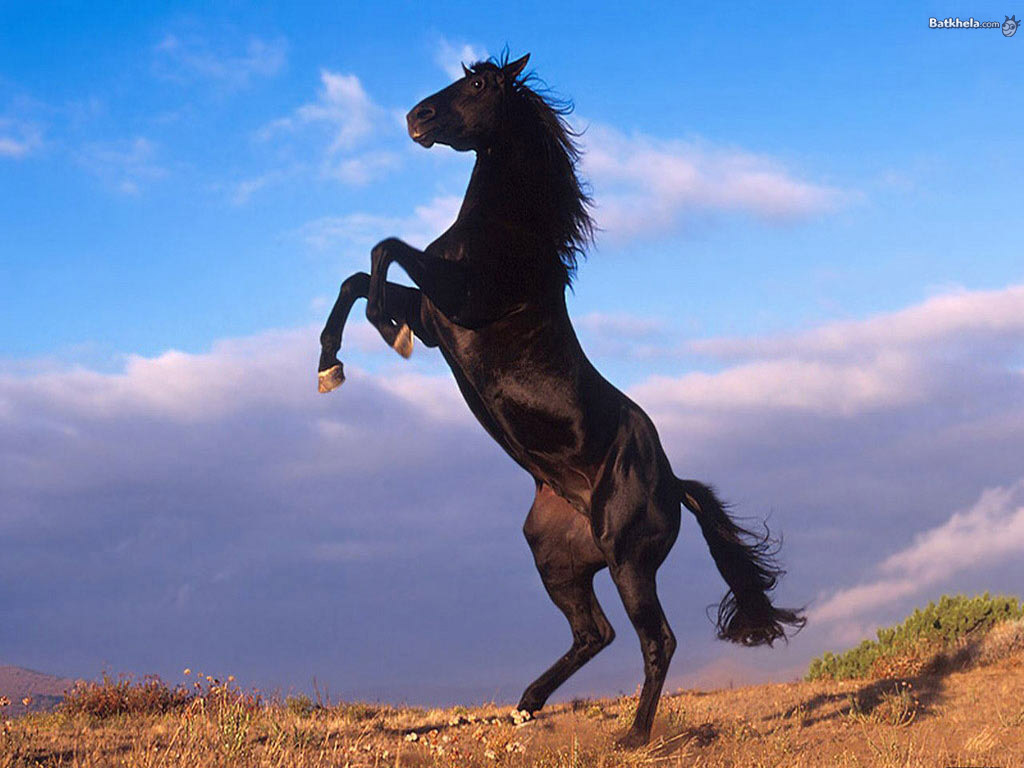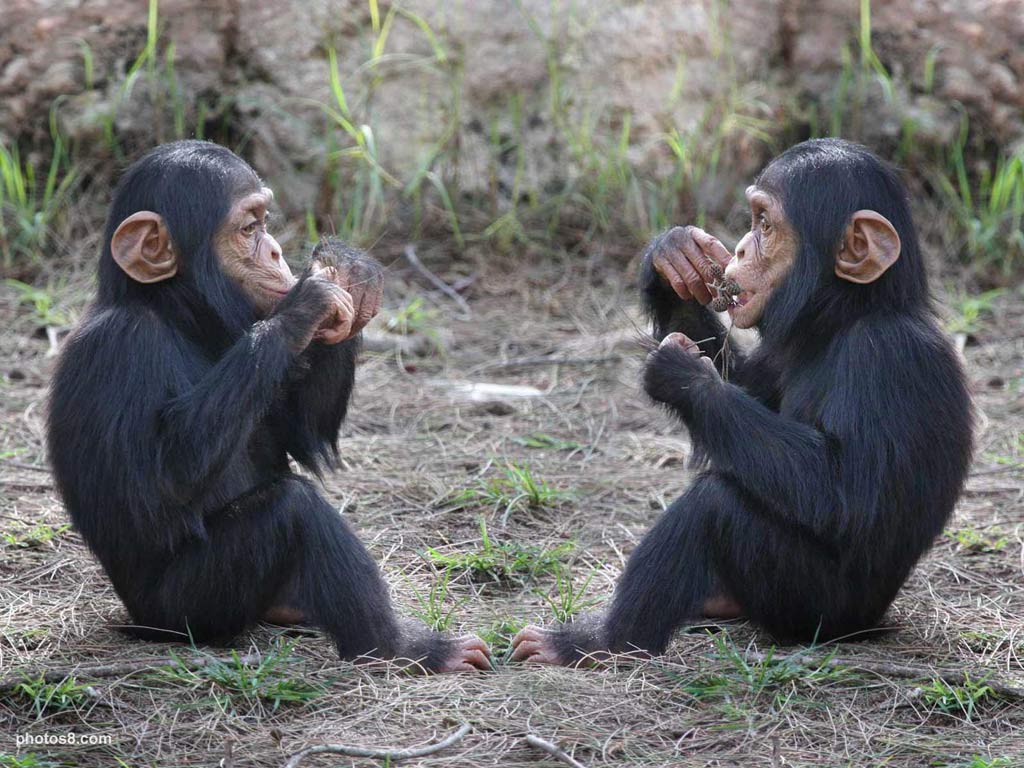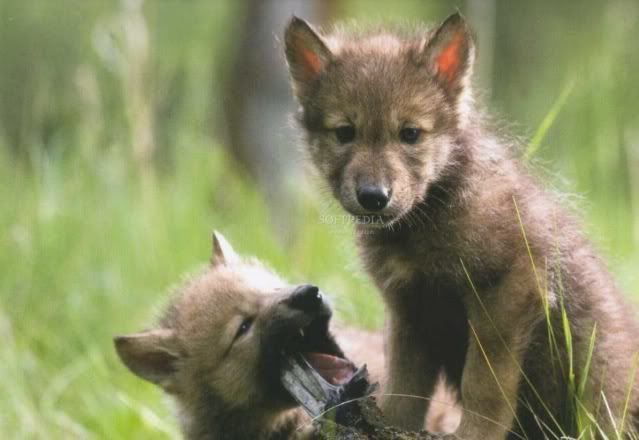Baby Animal Screensavers Definition
Source(google.com.pk)Do you remember your favorite children's books with pictures of baby animals? Do you remember your mom singing you a simple song while you turned the pages over? Cats have kittens, a cow has a calf, a bear has a cub.Nature Definition Range Gallery 09 Beautiful Wallpapers is a great wallpaper for your computer desktop and laptop. You can download and share to your friends this desktop wallpaper using the links above.
Copyright License: Only for personal, Commercial usage: Not allowed, The copyright belongs to the Author. We are not responsible for the content of this Publisher's Description. We encourage you to determine whether this product or your intended use is legal. We do not encourage or condone the use of any wallpapers in violation of applicable laws. If this wallpaper have problem. Please send an email to itsbronzy@yahoo.co.in for enquiries about adding or removing wallpaper If any of the wallpapers from this site is made by you, please send us a link to the original wallpaper and tell us if you want it removed or not. If not, please send your website address and we'll post a link on the details page for that wallpaper. This way everyone wins. We want to give credit to those who deserve it! - See more at: http://kidztrainer.com/wallpapers/Desktop-Wallpapers-Gallery-Animals-Baby-Porcupine-Exotic/0/qo4hSPAhbO4WCM:/Nature-Definition-Range-Gallery-09-Beautiful-Wallpapers#sthash.yXIAmzIX.dpuf Do you know the special names of animal babies? Guess who is who and watch adorable chicks, lambs, fawns, pups, calves, cubs and puppies in this Cute Animal Babies screensaver! Just download our free slideshow screensaver and spend your time with funny little fluffy creatures.make great desktop wallpapers, because they will always bring a smile to your face and brighten your day when you see them. Cute baby animal pictures can be of your favorite animal, such as cats, dogs, squirrels, lions or bears. Of course, if you have a family pet, you might elect to photograph your pet and use that was your desktop wallpaper.
In this post, we’ve gathered up some adorably cute baby animal pictures that are perfectly wallpaper sized.
Hope you find these cute baby animal pictures as adorable as we do!Do you remember your favorite children's books with pictures of baby animals? Do you remember your mom singing you a simple song while you turned the pages over? Cats have kittens, a cow has a calf, a bear has a cub. Baby animals make us laugh... Install this Funny Baby Animals Screensaver on your computer and plunge into sweat memories!Our dogs are very in tune with us, so with an event as monumental as a pregnancy, your dog has already sensed that something is up. But just because she has picked up on the new feelings hanging in the air, doesn't mean that she understands what they mean.
Here are a few tips for preparing your dog for the new arrival.Nine months is more than enough to time to work through most issues and establish yourself as the unwavering pack leader. Smooth out any small problems you may be having. Break her of unwanted habits. If necessary, hire a professional to work with you. You will appreciate the work you put in now when you bring your newborn home to a calm, well-behaved dog.Bring an item that contains your baby's scent, such as a burp cloth, from the hospital before bringing home the baby. During this exercise, it is crucial that you set clear boundaries. Challenge the dog to sniff from a distance, while you are holding the item. By doing so, you are communicating to your dog that the item is yours and then giving permission for the dog to sniff. "This new item belongs to me, and you will need to follow my rules when around it." This helps start the process of creating respect for the baby.I recommend starting with the nursery off-limits. Condition your dog to under Start by taking your dog on a long walk. Be sure to drain all of your dog's energy. Before returning, wait at the door step; make sure your dog is in a calm-submissive mode before inviting her in. Upon entering, your dog will instantly know there is a new scent in the house. If you have already introduced the scent, it will be somewhat familiar. The mother or father holding the baby must be in a completely calm-assertive state. The dog should be allowed to sniff the baby, but at a respectful distance. During this first meeting, do not bring the baby too close. Eventually, the dog can be allowed to get closer and closer to the baby. By doing this, you are teaching the dog to respect the baby as another pack leader.Once your child is in the exploratory state, it is important to supervise all interactions between him or her and the dog. This is a great opportunity to teach your child not to bother the dog, yank her tail, etc. These lessons on mutual respect cannot begin early enough. Too many children have inadvertently provoked an otherwise peaceful dog, simply because they were unsupervised or their parents had not given them proper instruction.
Don't assume your dog will not pose a problem based on breed alone, or vice versa. Sure, babies have been bitten by Rottweilers and pit bulls, but they have also been injured by labs, chows, and mixed breeds. A baby in Rhode Island was killed by a cute little Pomeranian. What is the key? Leadership. Be honest with yourself. Can you control your dog at all times in all situations?The arrival of a baby is a wonderful and joyous occasion for a family, but there is one member of the household-the family pet-who might need some special attention and understanding to help it cope with the new addition.
Most pets will need some extra attention when a family introduces a new baby to the order of the home. Dogs in particular may find it confusing and invasive when a new "member of the pack" enters the scene. A dog socializes in linear packs, which means it considers some family members as dominant to its own position and others as submissive. Initially, a dog probably sees the new baby in a lower pack order and may display dominant behavior. Watch for signs of aggression such as growling, ears down or laid back over the head, and crouching. Dogs who form deep bonds with their owners may also become depressed and stop eating.
Cats are less social than dogs and may choose to ignore the baby altogether. They do not socialize in packs, so they have little need to show aggression. For them, the most annoying part of living with children is being bothered, although some cats form very close bonds with their owners and may feel rejection. They may also stop eating. If you observe aggressive behaviors in your pets, quickly correct them, but do not punish. Serious or lingering behavior problems should always be discussed with your veterinarian.
Before bringing baby home from the hospital, expectant parents should allow their family pets to go into the baby's room and investigate the crib and other new furniture. If there are baby powders or other smells, the pets will eventually associate with the baby, let them explore the scents. It is probably best, however, to keep your pets out of the room after the baby is home. Carefully allow your pets to see and smell your baby. Parents who panic and pull the child away when a dog or cat approaches are possibly sending the message that the baby is a threat.
Plan to spend time with your pets. Let them know they have not been replaced in the household. Pets may fear abandonment or rejection when the focus is switched to the new baby. Plan to take regular walks or have a game of fetch with your dog, or play favorite games with your cat. Give them personal time, just you and them.
Even with these precautions, some pets may never get used to children. Like people, they either accept children or they don't. If a pet is raised around kids, generally there will be no great behavior problem. If the pet has not seen a "little person" before, you may have to closely supervise the interaction for awhile. Also, if you have a pet that has been teased or mistreated by a child in the past, there will be significant obstacles to overcome.
As your children get older, it is imperative they learn how to respect and treat the family pet. They should know that pets feel pain and get lonely when no one is around-just like people do. Praise your children for gentleness and correct them for rough and unkind behaviors toward your pets. Children should also learn that dogs naturally chase, herd, catch, and fetch. Playfully grabbing a tail or running in the yard may be a dog's invitation to chase and jump-a very natural response for a dog.
Remember, in many instances, your pets were your "babies" first. They don't really understand what is happening. Find ways to show them you love them just as much as always. Take quiet walks or hang out in the yard on a cool summer evening. Make meal times special times to be with you. A little bit of affection goes a long way to make your pets happy.
Baby Animal Screensavers Free Pictures Images Photos Wallpaper Clipart 2013

Baby Animal Screensavers Free Pictures Images Photos Wallpaper Clipart 2013

Baby Animal Screensavers Free Pictures Images Photos Wallpaper Clipart 2013

Baby Animal Screensavers Free Pictures Images Photos Wallpaper Clipart 2013

Baby Animal Screensavers Free Pictures Images Photos Wallpaper Clipart 2013

Baby Animal Screensavers Free Pictures Images Photos Wallpaper Clipart 2013

Baby Animal Screensavers Free Pictures Images Photos Wallpaper Clipart 2013

Baby Animal Screensavers Free Pictures Images Photos Wallpaper Clipart 2013

Baby Animal Screensavers Free Pictures Images Photos Wallpaper Clipart 2013

Baby Animal Screensavers Free Pictures Images Photos Wallpaper Clipart 2013

No comments:
Post a Comment